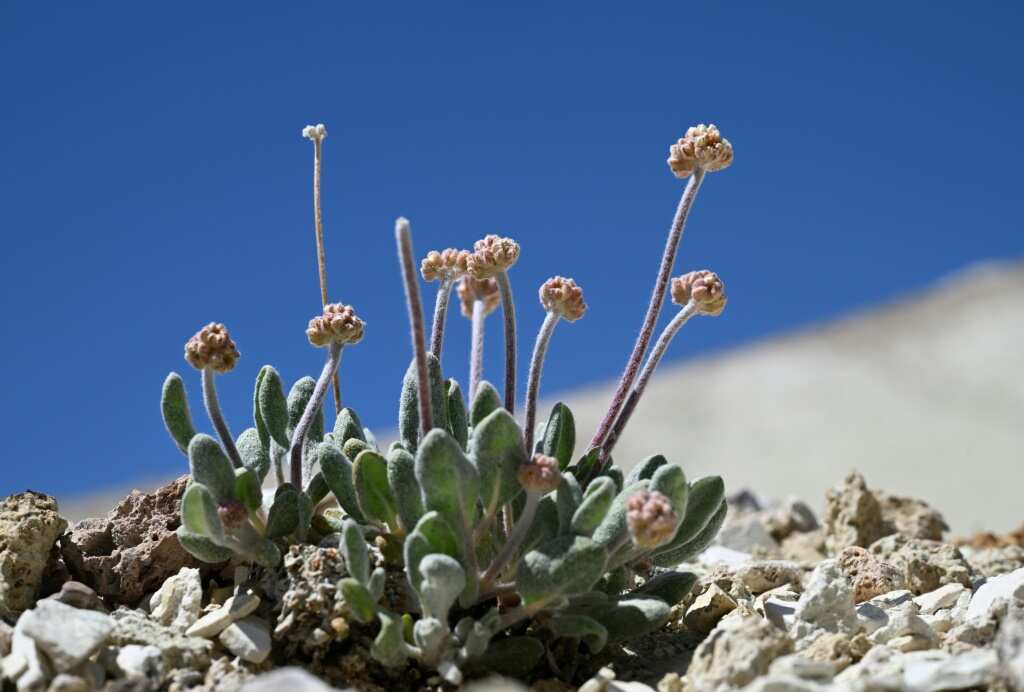Under their roots lie vast reserves of lithium, vital for the rechargeable electric car batteries that will reduce planet-heating pollution.
But campaigners fear the extraction of the precious metal could destroy the flower’s tiny habitat.
“This mine is going to cause extinction,” says Patrick Donnelly, an environmentalist who works at the Center for Biological Diversity, a non-governmental organization.
“They somehow claim that they’re not harming the (plant). But can you imagine if someone built an open-pit mine 200 feet from your house? Wouldn’t that affect your life profoundly?”
The plant in question is Tiehm’s buckwheat.
There are only around 20,000 known specimens, growing in a few very specific places on a total surface area equivalent to around five soccer fields.
In 2022, the wildflower was classified as endangered by US federal authorities, with mining cited as a major threat to its survival.
The plant and the lithium reserve on which it grows embody one of the key challenges and contradictions of the global climate struggle: how much damage can we inflict on the natural world as we seek to halt or reverse the problems we have already created?
Bernard Rowe, boss of Australian miner Ioneer, which holds the mineral rights to the area, says the lithium produced at Rhyolite Ridge “will be sufficient to provide batteries for about 370,000 vehicles” a year.
“We’ll do that year-on-year for 26 years,” he said.
Those nearly 10 million vehicles will go a long way towards meeting the goal President Joe Biden has set of cutting down the nation’s fleet of gas-guzzlers as a way to slash US production of planet-warming pollutants.
So-called zero-emission cars make up around 7.5 percent of new vehicle sales in the United States today — more than double the percentage just a few years earlier.
In California, the figure is more than 20 percent.
And while expansion in the sector has slowed, the category remains the fastest-growing, according to Kelley Blue Book.
And it’s not only in the United States: Global demand for lithium will increase five to seven times by 2030, according to the International Energy Agency.
The difficulty for US manufacturers is that much of the world’s lithium supply is dominated by strategic rival China, as well as Australia and Chile.
“The United States has very, very little domestic production,” said Rowe.
“So it’s important to develop a domestic supply chain to allow for that energy transition, and Rhyolite Ridge will be an integral part of that.”
Ioneer’s plans show that over the years the mine is in operation — it is projected to start producing lithium in late 2027 — around a fifth of the plant’s habitat will be directly affected.



